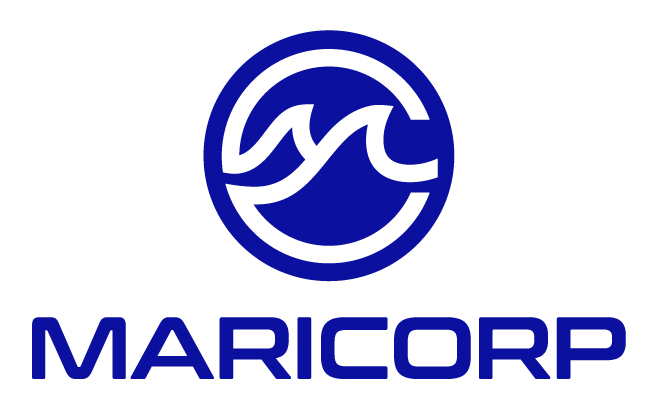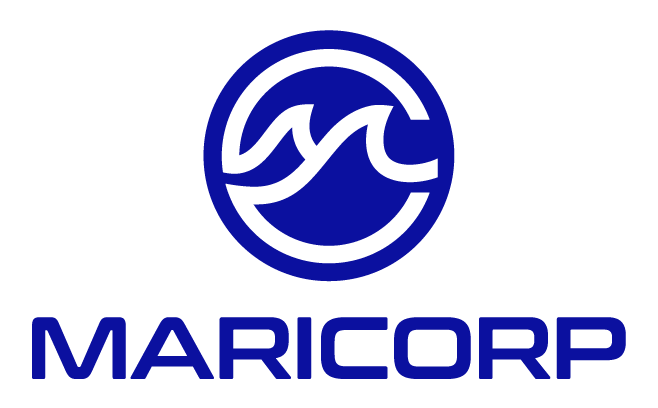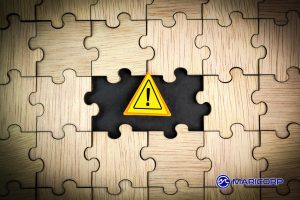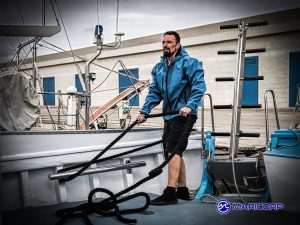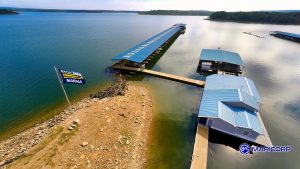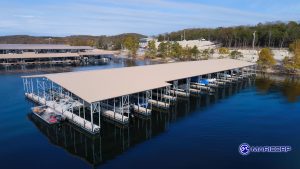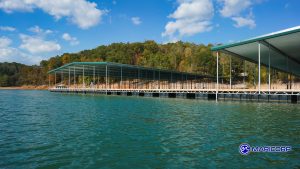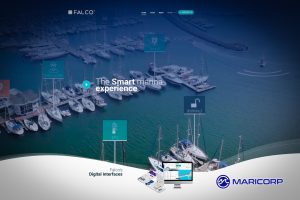The Evolution and Integration of the GEMBA Walk in Marina Management
The GEMBA walk, a cornerstone of lean management philosophy, has long been lauded for its effectiveness in enhancing operational efficiency and fostering an inclusive workplace culture. Originating from the Japanese term “genba,” which means “the actual place,” GEMBA walks involve managers going to the front lines to observe processes, engage with employees, and identify areas for improvement. This practice has transcended its manufacturing roots to become a best practice in various industries, including marina management. This article explores the history of the GEMBA walk in marina management, its evolution into a best practice, and how it can be seamlessly integrated into a marina’s management program.
Historical Roots and Evolution
The concept of the GEMBA walk emerged in the post-World War II era as part of the Toyota Production System (TPS), which focused on continuous improvement (Kaizen) and respect for people. Initially intended to eliminate waste and optimize productivity in manufacturing settings, the practice encouraged leaders to step out of their offices and experience the production process firsthand. This hands-on approach allowed leaders to gain direct insights into the operational challenges and opportunities, promoting faster and more effective decision-making.
As lean principles gained global traction, the GEMBA walk became a fundamental element of lean management. Industries ranging from healthcare to hospitality began adopting this proactive management tool, recognizing its potential to transform organizational culture and operational efficiency.
GEMBA Walk as a Best Practice
Today, the GEMBA walk is considered a best practice for several reasons. Firstly, it encourages transparent communication between management and staff, helping to bridge the gap that often exists in hierarchical organizations. By regularly engaging with the frontline workers, managers demonstrate a commitment to understanding the challenges their teams face and to fostering a culture of openness and mutual respect.
Secondly, GEMBA walks facilitate real-time problem-solving. Managers are not only able to observe problems as they occur but also can collaborate directly with employees to devise immediate solutions. This dynamic approach to problem-solving not only speeds up the process but also empowers employees, who are often the best sources of insight into what works and what does not.
Furthermore, these walks underscore a commitment to continuous improvement. Regular GEMBA walk in marina management walks help sustain lean initiatives by keeping the principles of Kaizen—continuous, incremental improvement—at the forefront of organizational practices.
Integrating GEMBA Walks into Marina Management
Marinas, characterized by their unique operational challenges ranging from service delivery to facility management, stand to benefit immensely from integrating GEMBA walks into their management programs. The following steps outline how marina managers can implement this practice effectively:
Step 1: Define Objectives
Before starting a GEMBA walk, it is crucial for marina managers to clearly define what they aim to achieve. Whether it’s improving customer service, enhancing safety protocols, or identifying maintenance issues, or streamlining operations, having clear objectives helps focus the walk and makes it more productive.
Step 2: Engage with Employees
During the walk, managers should engage openly with staff, asking questions and listening actively to their concerns and suggestions. This engagement should not be limited to obtaining feedback but should also extend to discussing potential improvements and acknowledging the daily hard work that the staff puts in.
Step 3: Observe and Note
Managers need to observe the operations closely and take notes on possible areas of improvement. It’s important to look at processes critically—identifying bottlenecks, safety hazards, maintenance issues, or any inefficiencies that could be streamlined.
Step 4: Follow-Up
Perhaps the most critical step in a GEMBA walk is the follow-up. After the walk, managers should review their notes, discuss findings with their teams, and develop action plans to address the issues identified. Regular follow-ups ensure that the GEMBA walks produce tangible improvements and show staff that their input leads to real change.
Step 5: Regular Scheduling
To maximize the benefits of GEMBA walks, they should be conducted regularly and integrated into the marina’s standard operating procedures. Consistency helps keep a pulse on ongoing operations and reinforces the culture of continuous improvement.
Conclusion
In marina management, the GEMBA walk is more than just a management fad; it is a proven approach that fosters greater operational visibility, improves direct communication, and promotes a proactive culture of continuous improvement. For marinas, where safety, operational efficiency, and customer satisfaction are paramount, adopting GEMBA walks can lead to significant improvements in service quality and operational effectiveness. By following the steps outlined above, marina managers can successfully integrate this best practice into their management strategies, ensuring sustained growth and success in a competitive industry.
Incorporating GEMBA walks into the fabric of marina management not only enhances operational efficiencies but also strengthens the bond between staff and management, paving the way for a more collaborative and productive work environment. As marinas continue to evolve, the principles of the GEMBA walk remain a steadfast tool in managing complex operational challenges effectively.
Additional Information:
Related Articles:
About MariCorp
Maricorp is one of the largest floating boat dock manufacturing and construction companies in the United States, specializing in galvanized steel floating docks and boat lift systems. With projects spanning coast-to-coast, Maricorp provides marina consultation and design, marine construction, marina repair and renovation, and boat dock disaster response and demolition.
